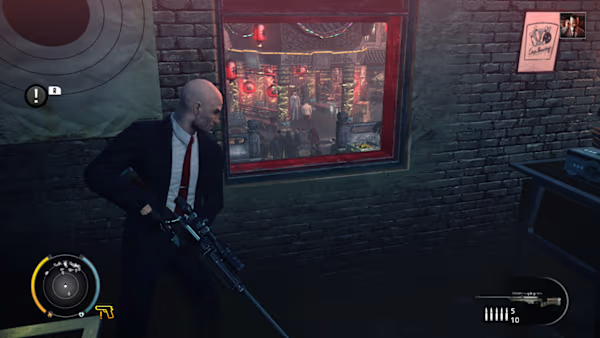Tiny Thor Review – Review

Tiny Thor is the latest in retro nostalgia games that looks like it came directly from the Sega Genesis. Playing as the titular kid Thor with his mighty ricocheting Mjolnir is a refreshingly new take on the character. While it boasts some beautifully crisp pixel art with a catchy chiptune soundtrack, be warned it also brings a high level of difficulty, in the vein of a Celeste. In some cases to its detriment.

The game begins with our hero, Tiny Thor, crashing to Earth while riding the rainbow bridge to his birthday party. From here he’s tricked by an unassuming Loki into starting the end of the world Ragnarok event, unless he can find the magical items that would deter this catastrophe. The world is built similarly to a Mario World for the SNES. A mostly linear path, with levels of varying biomes, and bonus challenge levels to be unlocked. Progressing through the story unlocks new movement abilities like a double jump, dash and ground pound. All the classic platformer tropes are here.
Traversing the levels, Thor comes equipped with his mighty Mjolnir hammer, which can be angled to bounce off of surfaces. When charging the hammer, an angle line is presented so you can adjust the trajectory for multiple hits or to activate hard to reach switches but can be recalled at a moments notice. This is used to great effect, as these kinds of puzzles create that perfect feeling of achievement. Unfortunately, when used on enemies, the hammer feels powerless, especially against moving enemies. In later levels, enemies take multiple hits, so you end up simply avoiding them.

You would avoid enemies because Thor, whilst still a child, is very fragile as far as taking hits. You have a heart system that equates to only a secondary hit. You can get hit once, then a heart flies out of you, but can be caught again if gathered up quick enough. Otherwise, you’re at a single hit kill. This is mostly for enemies as environmental dangers, such as water, are insta-kills. The sheer amount of instant deaths is frustrating to say the least, with some of the deaths I experienced, feeling particularly unfair.
The extra challenge to the game comes in the form of three rubies strewn about in each level. These act as bonus collectables that can be spent to unlock extra challenge levels. The challenge levels are built around a specific mechanic like the dash or double jump but are more for those completionists out there who want that 100% run. Outside of that ,there is no in game reward for completing these and left me little motivation on finishing them all.

Tiny Thors’ level design is a complex array of multiple pathways and jumping challenges which is well done. The different locales all feel different enough while still engaging that 16 bit era. The puzzles are some of the best parts of the game, but in the latter half, you are expected to finish said puzzles with added difficulties like being chased. Unfortunately, these puzzles don’t work as well with movement and mechanics that aren’t built for precision. Add into this far apart checkpoints, and you’re stuck redoing long stretches of pin point accuracy jumps while firing your hammer at difficult angles. It’s a rough proposition that forced me to step away from the Switch quite a few times out of frustration.
All of that being said, Tiny Thor still manages to charm and bring new mechanics to an old school genre of game. The boss battles are clever fights that are feasible with practice. The music and art style is top notch, and the main mechanic of angling your shots works really well. It’s when the game ups the challenge to a point that the movement and abilities aren’t necessarily equipped for. Instigating a fast paced timer based wall jump challenge, when the wall jump itself has a 1-2 second delay on it, is one specific example. These kinds of instances do more to point out the games’ limitations instead of highlight them. Still, those fiending for a new throwback challenge have got your work cut out for you. I really enjoyed my time with the 30 some odd levels of Tiny Thor, but more so in spite of itself than because of it.




